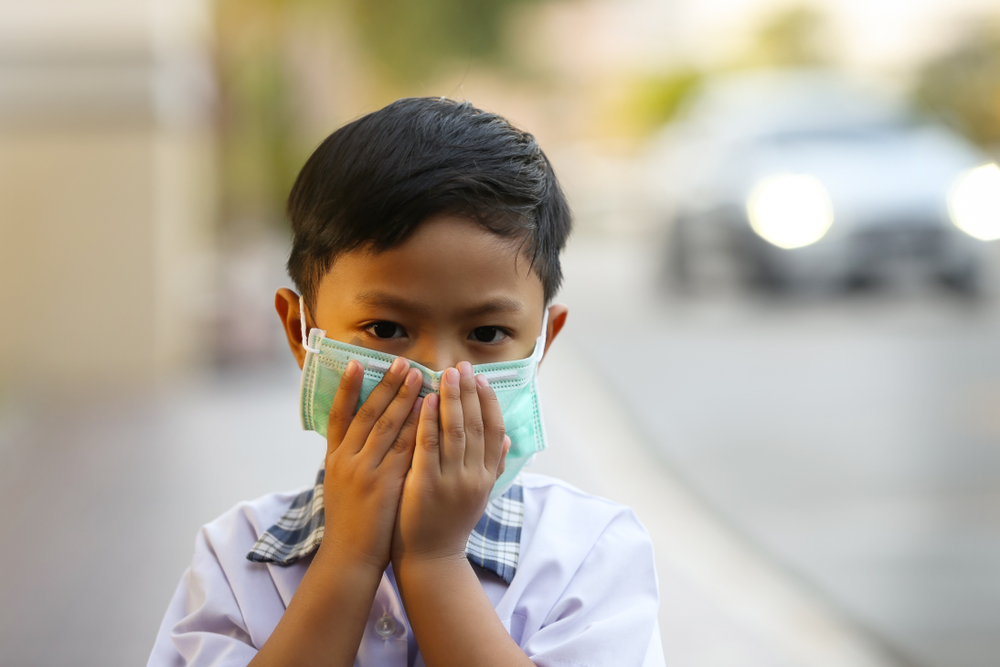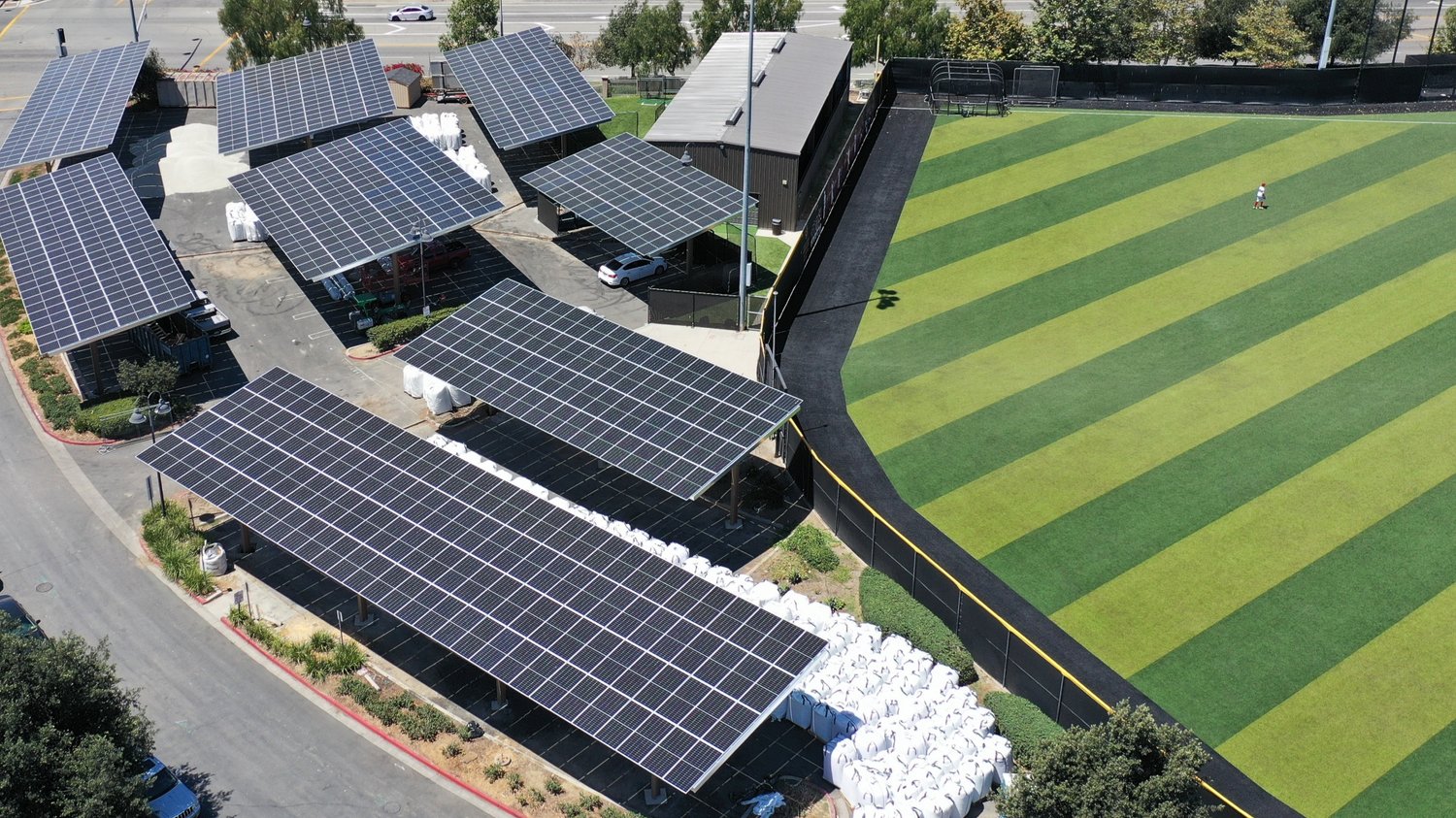Trick question: How many of you once were (or still are) children?
It may seem like a truism that all investor actions impact children. But such positive and negative impacts on children have largely not been identified or accounted for, leaving consideration of the well-being of a large portion of the population out of investment decision-making.
Unicef, along with its impact investing arm, the Unicef USA Impact Fund for Children, has taken a page from the playbook of gender-lens (or racial equity-lens, or refugee-lens or decarceration-lens) investing to advance a framework for child-lens investing.
“Children are everywhere. They’re ubiquitous, but they’re invisible from investment strategies and decisions,” Unicef USA’s Cristina Shapiro told ImpactAlpha on the sidelines of last week’s GIIN Impact Forum in Copenhagen.
(Shapiro, along with Calvert Impact’s Caitlin Rosser and Preeth Gowdar of Save the Children Global Ventures and moderated by ImpactAlpha’s David Bank, will present the child-lens investing framework at SOCAP in San Francisco, on Tuesday, Oct. 24, at 1:30pm PT. )
“All investor actions and decisions impact children directly or indirectly, intentionally or unintentionally,” Shapiro said.
Child-lens investment sectors go beyond the obvious categories of childcare, education and child nutrition. Renewable energy, for example, can power schools or health clinics. Affordable housing strategies have a direct bearing on children’s health. Clean cookstoves have benefits of improved air quality and reduced health burden for children.
Globally, more than one billion children lack access to food, sanitation, shelter, healthcare and education and other basic services. Barriers to girls’ education cost countries more than $15 trillion in lost earnings and productivity, according to the World Bank.
Child-lens investing
Unicef USA is walking the talk. Its flagship offering, the Bridge Fund, has kept over $500 million in funding for supplies, vaccines, educational material, and humanitarian aid for children on track with bridge loans that eliminate cash gaps for international organizations (much like Open Road Alliance).
In March 2022, for example, the fund helped expedite UNICEF’s emergency response to displacement of children and families in Ukraine with a $15.2 million bridge loan.
Children are easy to ignore: generally speaking, they are not business owners or heads of household or entrepreneurs.
“Investors don’t think of children because they’re not the economic agents,” says Shapiro. “But they’re impacted by their family, their community, their society, and are deeply impacted by all of the systems around them.”
Unicef has developed a child risk questionnaire that asks asset owners and managers to examine their impact on children through their operations, but also through their investees.
“Are they able to measure the impact on children? If not, why not?,” asks Shapiro. “What can their contribution be to advance the outcomes of children, either directly or indirectly?”
Asking questions
A growing number of investors recognize the various ways their investments do impact children. Child-lens investing approaches include strategies that screen investments based on their performance against child-related considerations, include children as indirect beneficiaries and center children as primary beneficiaries.
The Global Child Forum tracks the performance of more than 1,000 publicly listed companies to develop a children’s rights benchmark for corporations. Ethical Partners partnered with Unicef to understand how publicly listed companies from the Australia Stock Exchange perform against child rights indicators.
The Global Health Investment Fund invests in the development of drugs and vaccines to fight diseases facing populations, including children, in low-income countries. Canadian VC Cross-Border Impact Ventures takes a more direct approach, backing affordable health technologies that advance maternal, newborn, and child health.
Calvert Impact Capital has begun to collect data on how children are impacted indirectly as beneficiaries of investments made with proceeds of its Community Investment Note. Calvert now asks portfolio partners to report on the number of client households with children as well as the number of children gaining access to improved drinking water, clean energy and affordable housing.
“We were really surprised that some of our funds already were thinking about children and centering children in their work,” Rosser said. For asset owners, taking action may be as simple as asking fund managers how they account for the benefits and harms of their investments on children, she said. “Just start asking questions.”
Unicef’s Child-Len Investing Framework can spur the conversation, Shapiro says. Some investors might say, “‘I’m a child lens investor. I’m inclusive. I do affordable housing. I do climate related investing,’” she says. “‘And I could see how my investments are impacting children and families.’”
They could then start asking investees to report on their impact on children and implement the child-risk questionnaire.
The ultimate goal, says Shapiro: “Incremental capital will start to flow to those investments that are both good for business and good for children.”











